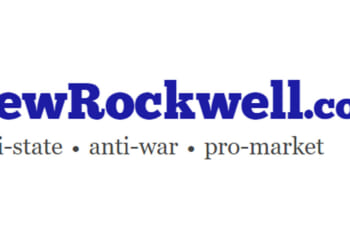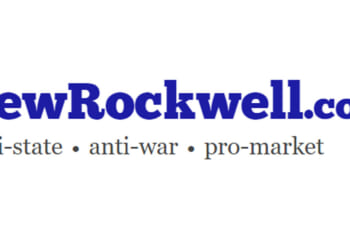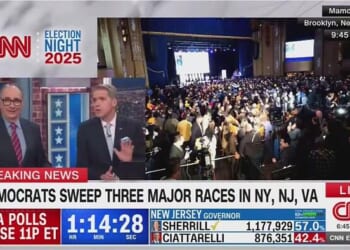At the Roots of Progress Conference this weekend, Jen Pahlka, who was formerly the United States Deputy Chief Technology Officer under President Obama, related a harrowing experience she had. While she was walking around her home, she was confronted with a home invader. Though he wasn’t violent, she immediately dialed the Oakland Police Department (OPD). The phone rang, and rang. After several attempts, an operator finally answered and promised that officers would come. They didn’t arrive for two days.
For Pahlka, who has built a career studying the inner machinery of bureaucracies, the incident became a case study. She began looking into OPD’s structure and learned that the department is subject to oversight by nine bodies. Police officers are buried in paperwork; roughly 20 percent of their time is dedicated to it. And if police want to pursue a subject, they are subject to 19 different policies.

Oakland isn’t unique in this regard. After New York City passed the “How Many Stops Act,” the New York Police Department logged an additional 18,000 hours of overtime during the next quarter for a cost of $1.5 million. Surveys of police officers suggest that some 40 percent of their time is spent on filling out paperwork.
The same pattern extends across the government. As Dan Goldbeck of the American Action Forum explained to me in an X conversation, federal mandates will require 11.7 billion hours of compliance this year for a total cost of $478 billion. Meanwhile, principal investigators on federal research grants spend 44.3 percent of their research time on meeting grant requirements rather than focusing on actual work. And the Government Accountability Office found median procurement administrative lead time for large Department of Defense awards increased by nearly 70 days between 2019 and 2022 for a median time of 255 days, amounting to over eight months of admin.
A major reason why many institutions drown in paperwork is that demands for accountability and responsiveness tend to be met with new procedures. Each scandal or failure generates another layer of oversight, another reporting requirement, or another form to complete. Legal scholar Nicholas Bagley calls it the procedure fetish, which is the belief that perfect procedures can prevent every mistake. Yet, the result is a system that ensures accountability on paper while steadily eroding the capacity to act and solve problems on the ground.
The procedural impulse isn’t merely limited to internal administration, it has been an ascendent idea shaping modern conceptions of democracy. Beginning with Carole Pateman’s Participation and Democratic Theory (1970), many theorists and activists believe that real democracy emerges only when citizens engage directly in democratic deliberation through mandated consultations and opportunities to weigh in on proposed legislation.
The downside is that efforts made to inject public input in political processes has created special interest groups that are opposed to meaningful reforms. With the passage of the National Environmental Policy Act in 1970, a new cadre of public interest groups were empowered to challenge government action. Paul Sabin’s Public Citizens documents how
Litigation by leading public interest environmental law firms in the early 1970s almost exclusively targeted the government for legal action. The Sierra Club Legal Defense Fund boasted of 77 legal accomplishments between 1971 and 1973. Approximately 70 sought to block government actions or to intervene in public proceedings to influence government regulatory and permitting practices.
Similarly, the Environmental Defense Fund focused on government agencies in 60 of its 65 listed legal actions in 1972, and for the National Resource Defense Council, only three out of 29 legal action initiatives from its first seven months directly named a corporate defendant.
These participatory mechanisms have become so dominated by organized advocacy groups that any proposed reforms are viewed as “a direct attack on the constellation of activist organizations, often called ‘the groups,’ that control progressive politics and have significant influence over the Democratic Party.”
The logic of procedural politics seeps into everyday governance. I was talking with a housing advocate at the conference, and he offered a theory as to why so many people are against building. Simply put, if your social services don’t scale, then it makes sense why you wouldn’t want more people in your neighborhood. If service is already strained, then you don’t want more people. It is zero sum in this world.
That conversation helped me see the broader pattern. Our procedural culture doesn’t just make it harder for institutions to function: It also shapes the public’s instinct to say no. The tragedy is that the impulse behind participatory democracy—the desire for inclusion and fairness—has translated into bureaucratic systems that confuse involvement with improvement. Until we rediscover forms of governance that reward results instead of rituals, we’ll keep mistaking the appearance of responsiveness for the real thing.
The post Procedural Rituals Over Governance Results appeared first on American Enterprise Institute – AEI.











